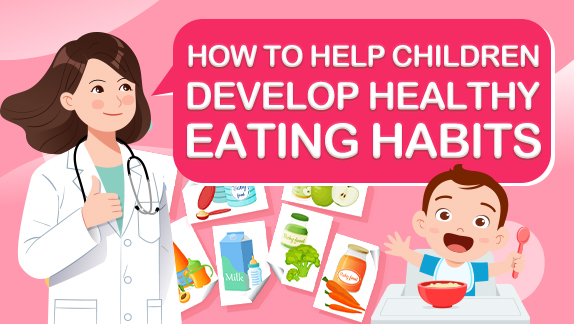Things about the thyroid gland
1. What is the thyroid gland?
The thyroid gland is located below the thyroid cartilage on both sides of the trachea, about two to three centimeters below the laryngeal node and it has a rich blood supply, weighing about 20 to 30 grams.
The thyroid gland produces its own hormone, called thyroxine and is the only endocrine gland that can store the produced hormone in large quantities outside the cells of the body.
Although the thyroid gland is small, it is indeed the largest and richest endocrine gland in the human body and its reserve can supply the body's physiological demands for 50 to 120 days.
To produce thyroxine, the thyroid needs a very important raw material, iodine. While 80-90 percent of iodine comes from iodide in food, the rest comes from air and water.
Iodine in food is absorbed by the human body and enters the blood. When it flows through the thyroid gland, iodine in the blood is absorbed. Iodine is used as a raw material and is processed in a series, to synthesize thyroxine.
2. What is the role of thyroxine?
(1). Promote the human body's growth and development
Thyroxine can maintain the normal growth and development of the body. It has a great impact on the development of bone, teeth and the nervous system and is a key hormone for the intellectual development of the fetal and neonatal brain.
A lack of thyroid hormones in embryonic and early childhood can lead to irreversible neurodevelopmental disorders. There are obvious symptoms of this in a congenital disease -- among them, retarded intellectual development, short stature and tooth hypoplasia -- called cretinism.
(2). Regulation of the metabolism
a. Increased energy metabolism: increases basal oxygen consumption and caloric production in most tissues throughout the body. Under normal conditions, 1mg of thyroxine can increase the body's heat by 1,000 kilocalories.
b. Regulation of substance metabolism: food intake by the human body is digested into sugars, fats, proteins and some other substances. Thyroxine and other tissues work together to absorb, utilize and transform these three major nutrients for our body, to use and ensure the normal operation of the body.
3. Influences systemic multi-organ system functions
a. For the nervous system: thyroxine is mainly excitatory to the nervous system, affecting learning and memory processes.
b. For the cardiovascular system: thyroxine can increase the heart rate, cardiac contractility, cardiac output and oxygen consumption.
c. For the digestive system: thyroxine increases gastrointestinal motility and the secretion of digestive juice, and if it goes wrong, abdominal distension and constipation may occur.
3. How to check whether the thyroid gland is healthy?
(1). Self-inspection
Face the mirror and look up slightly to find the location of the laryngeal knot, 2-3 cm below which is the location of the thyroid gland. Observe whether the neck is symmetrical on both sides and whether there is a mass. The normal thyroid gland has no abnormal protrusions, and if there is a lump it will move up and down as it swallows.
Put four fingers of the right hand together, gently touch the left thyroid gland with the middle of the fingers and then change to the left hand to check the right thyroid gland.
(2). Routine auxiliary examination
a. Thyroid ultrasound: is generally the preferred examination. It is simple, safe, has high sensitivity and can detect nodular masses of about 1 mm in diameter.
b. Blood examination: including thyroid function test, calcitonin, anti-thyroid antibody and other examination items, without fasting, can determine whether the thyroid function is normal or not.
(3). Others
Additional X-ray, radionuclide examination and puncture biopsy if necessary.

 CQHCWC: Nurture healthier futures for children
CQHCWC: Nurture healthier futures for children How to help children develop healthy eating habits
How to help children develop healthy eating habits Wechat
Wechat Weibo
Weibo